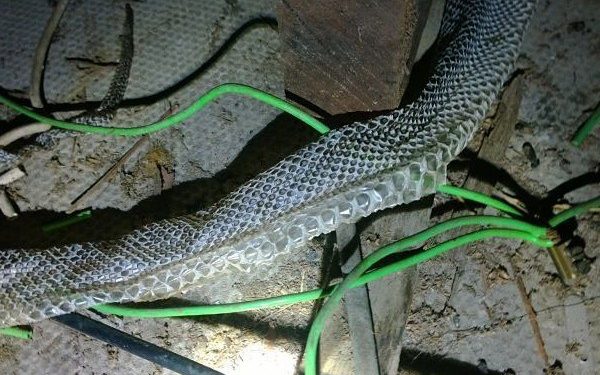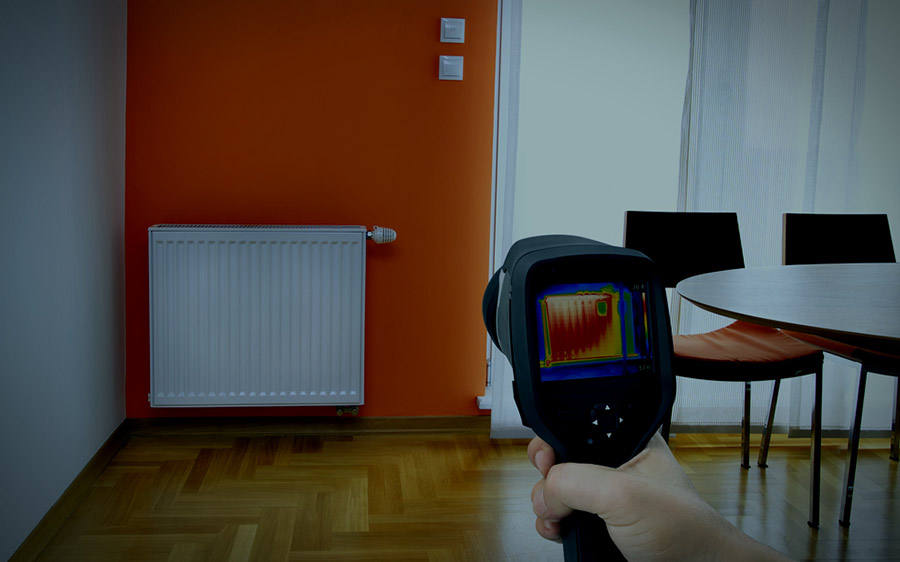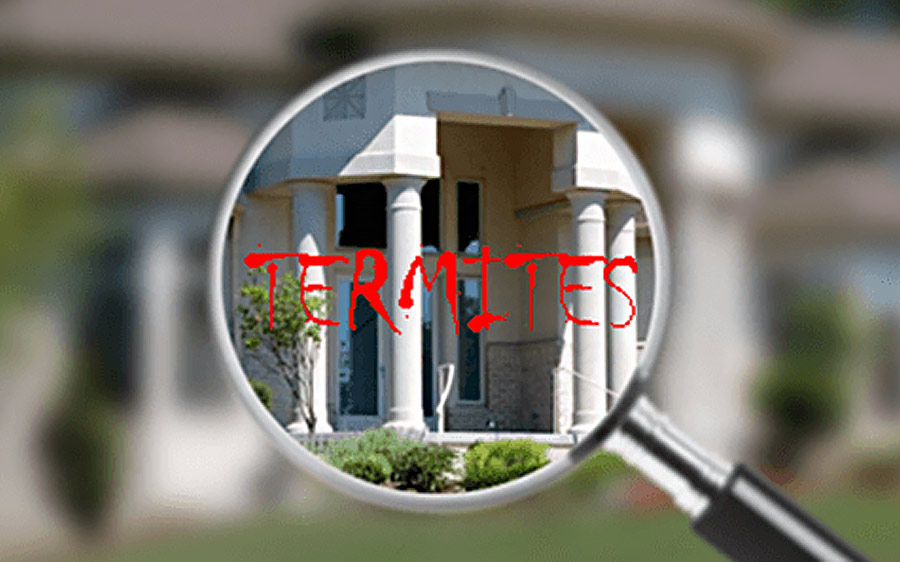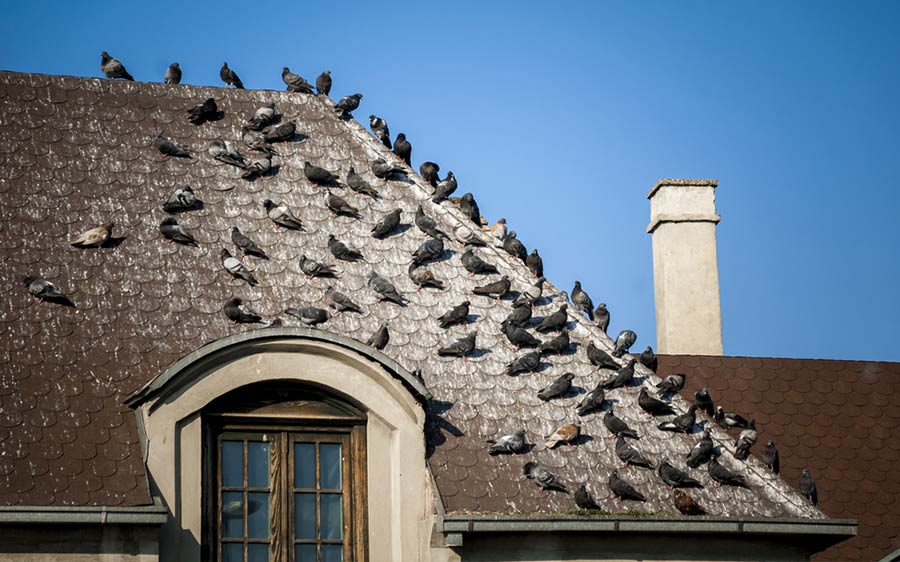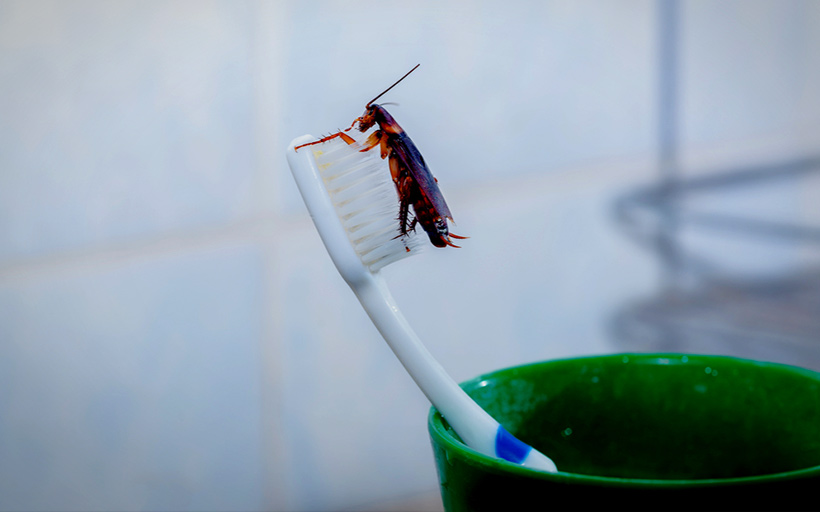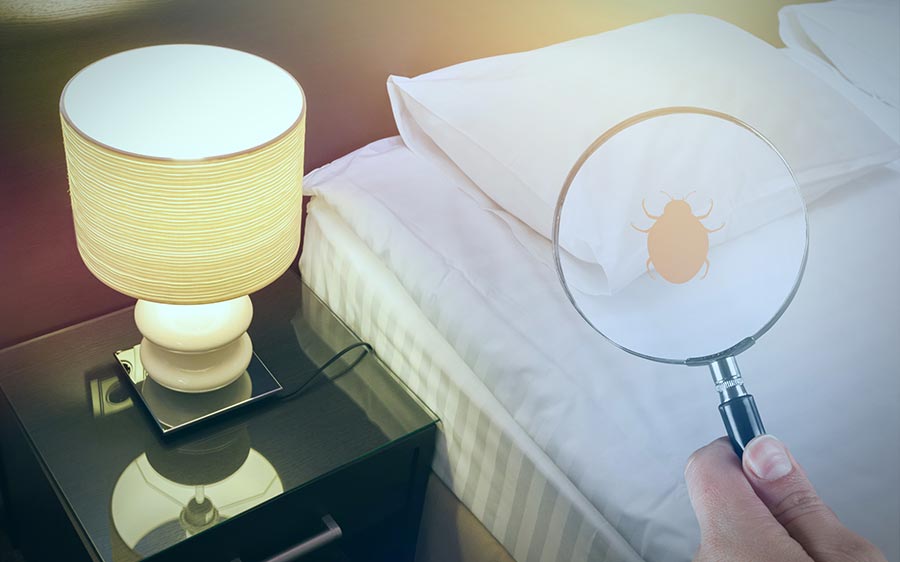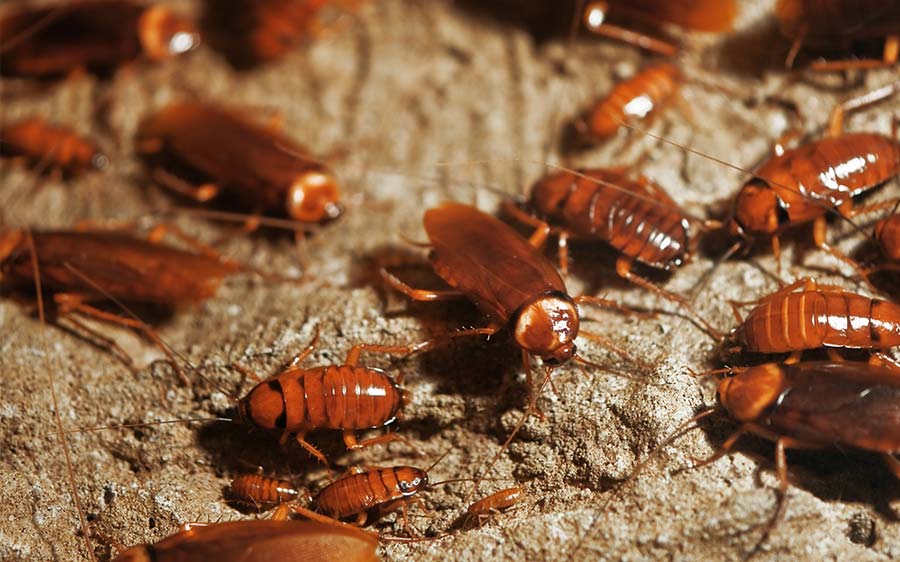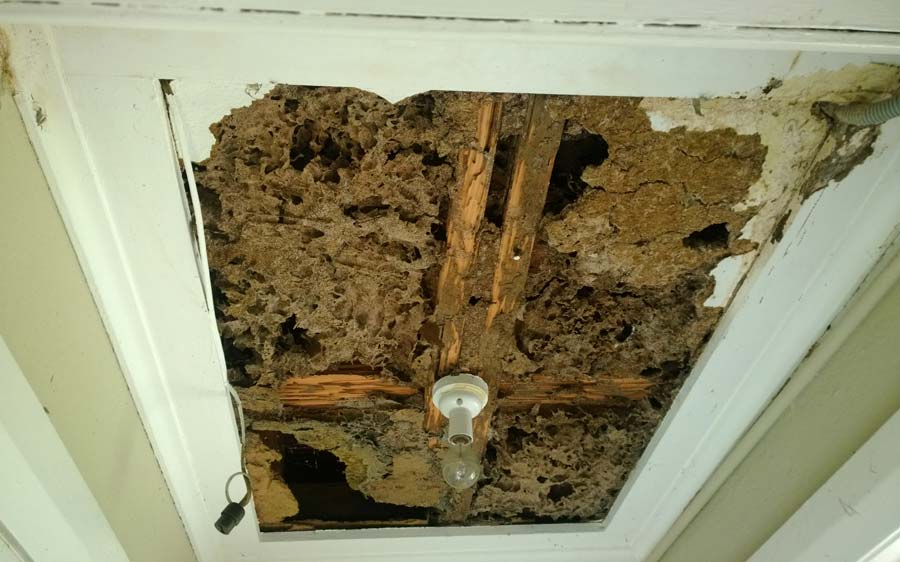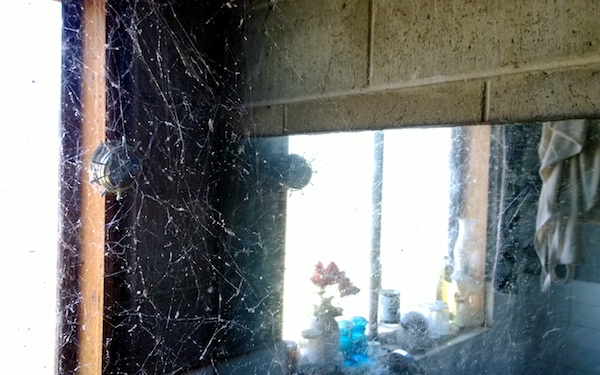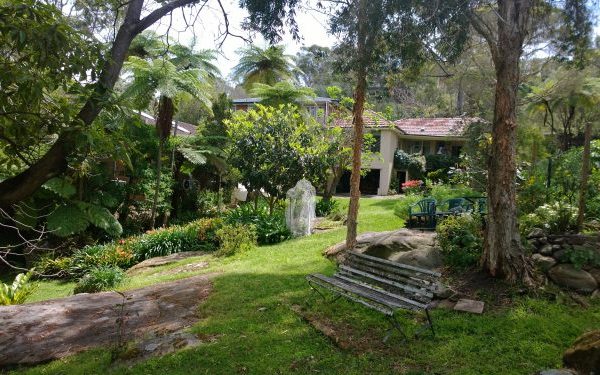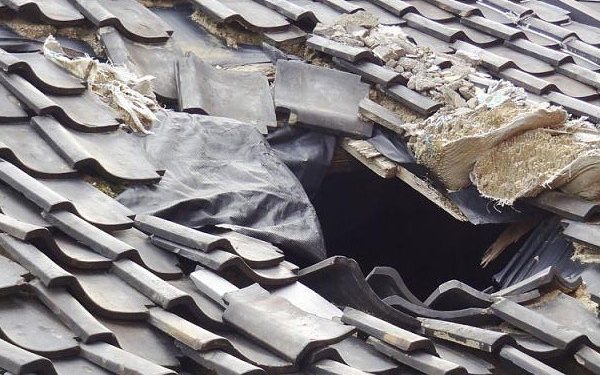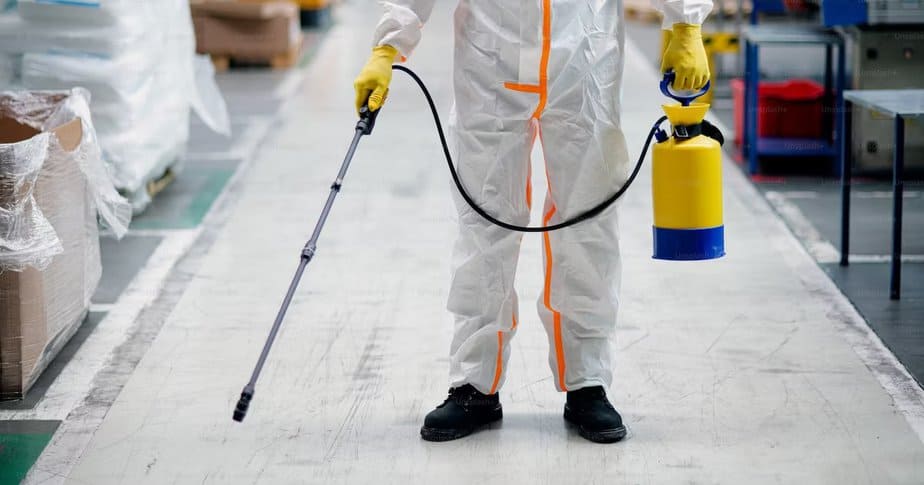
Feral pigeons, also known as city or street pigeons, are derived from domestic pigeons that have returned to the wild. They are the most common bird in urban areas. These birds have adapted to urban life and can often be seen perched on buildings or scavenging for food on the streets. Feral pigeons are known for their ability to survive in various environments and close association with humans.
Despite their adaptability and widespread presence, feral pigeons are a subject of contention, primarily due to the problems they cause, such as property damage and health risks. These issues have led to the necessity for feral pigeon control, a topic that deserves more attention and understanding.
In this article, we will delve into the world of feral pigeons, explore why they are often called ‘flying rats’, and discuss the importance and methods of feral pigeon control. We will also examine the challenges in controlling these birds and highlight the importance of professional feral pigeon control services.
Why are Feral Pigeons called 'Flying Rats'?
The term ‘flying rats’ often evokes a negative image, and it’s not without reason that feral pigeons have earned this nickname. Just like rats, feral pigeons are known to carry a host of diseases. Their droppings not only deface buildings and monuments but also pose serious health hazards to humans. They can transmit diseases such as salmonellosis, avian flu, and psittacosis, to name a few.
Feral pigeons, like rats, are also known for their reproductive prowess. They breed throughout the year, with a pair capable of producing up to eight broods annually. This rapid reproduction rate often leads to overpopulation, especially in urban areas with plentiful food sources.
Moreover, as rats thrive in human-dominated environments, feral pigeons have adapted remarkably well to urban life. They have become dependent on humans for food and shelter, often making nests in artificial structures and feeding on waste.
Understanding the Behaviour of Feral Pigeons
Understanding the behaviour of feral pigeons is crucial in implementing effective feral pigeon control measures. Feral pigeons are creatures of habit. They have a homing instinct, meaning they repeatedly return to the same location. That’s why you often see them at the same spots, whether it’s a park bench or a building ledge.
Feral pigeons are also social birds that live in colonies. This social nature, coupled with their homing instinct, makes it difficult to deter them from a particular location once they’ve established it as their home.
Another important aspect of feral pigeon behaviour is their diet. Feral pigeons are opportunistic feeders, which means they’ll eat just about anything available to them. However, their preferred diet consists of grains and seeds. In urban settings, they often feed on human food waste, which is readily available and abundant.
The Negative Impact of Feral Pigeons
The negative impact of feral pigeons is multifaceted. From a health perspective, as mentioned earlier, they carry and can spread several diseases. If inhaled or ingested, their droppings can lead to severe illnesses in humans and pets. Additionally, the droppings are acidic and can cause damage to buildings, vehicles, and public spaces.
From an aesthetic point of view, feral pigeons can be a nuisance. Their droppings can deface buildings, monuments, and public spaces. Additionally, their nesting materials and feathers can block drains and gutters, leading to further property damage.
Feral pigeons can also impact the local ecosystem. They can outcompete native bird species for food and nesting sites, potentially decreasing biodiversity.
The Importance of Feral Pigeon Control
Given the negative impacts of feral pigeons, it’s clear why feral pigeon control is essential. Effective feral pigeon control minimises health risks and property damage and helps protect native bird species and the local ecosystem.
Feral pigeon control is particularly crucial in urban areas, where pigeons pose a significant problem due to the abundance of food and nesting sites. A successful feral pigeon control strategy can help maintain the city’s aesthetic value and ensure a healthier and safer environment for its inhabitants.
Moreover, feral pigeon control can also have economic benefits. By preventing property damage and mitigating health risks, cities can save on repair, cleaning, and healthcare costs.
Methods of Feral Pigeon Control
There are various methods of feral pigeon control, each with its pros and cons. Some of the common methods include deterrents, population control, and habitat modification.
Deterrents are devices or substances that discourage pigeons from inhabiting a particular area. They can be physical, such as spikes, nets, wires, or sensory, sound, or light devices. Deterrents can be effective but often require regular maintenance.
Population control involves reducing the pigeon population through egg substitution or culling. While these methods can be effective, they often raise ethical concerns. They may not provide a long-term solution as pigeons breed rapidly.
Habitat modification involves changing the environment to make it less attractive to pigeons. That could include securing garbage bins to limit food sources or altering building structures to prevent nesting.
Challenges in Feral Pigeon Control
Despite the various methods available, feral pigeon control is not without challenges. One of the main challenges is the pigeons’ adaptability. Pigeons are intelligent birds that quickly learn to avoid deterrents or find new food sources.
Another challenge is public perception. Pigeons have been part of urban life for centuries, and many people view them as harmless. Changing this perception and educating the public about the risks associated with pigeons can be difficult.
Lastly, ethical, and legal constraints can also pose challenges. Some pigeon control methods, such as culling, are controversial and may be subject to restrictions or regulations.
Importance of Professional Feral Pigeon Control Services
Given the challenges associated with feral pigeon control, engaging professional feral pigeon control services is crucial. Professionals have the knowledge and experience to implement effective and humane control measures.
Professional feral pigeon control services can assess the situation, devise a tailored control strategy, and carry out the necessary interventions. They can also provide advice on how to prevent future pigeon problems.
Moreover, professional services can ensure compliance with local regulations and ethical guidelines. They can carry out the control measures to minimise harm to the pigeons and disruption to the community.
Balancing Urban Life and Wildlife
In conclusion, feral pigeons, often called ‘flying rats’, pose significant challenges in urban areas. Their ability to carry diseases, cause property damage, and disrupt local ecosystems underscores the importance of feral pigeon control.
Effective feral pigeon control requires understanding pigeon behaviour, implementing a combination of control methods, and overcoming the associated challenges. It also necessitates the engagement of professional feral pigeon control services.
However, it’s important to remember that feral pigeons are part of our urban wildlife. While control measures are necessary, they should be carried out humanely and ethically. The goal should be to achieve a balance where humans and pigeons can coexist in the urban environment without detriment to either party.
Ultimately, unravelling the mystery of the ‘flying rats’ and managing their populations is more than just about pest control. It’s about creating a sustainable and harmonious urban life for all its inhabitants, humans and wildlife.
